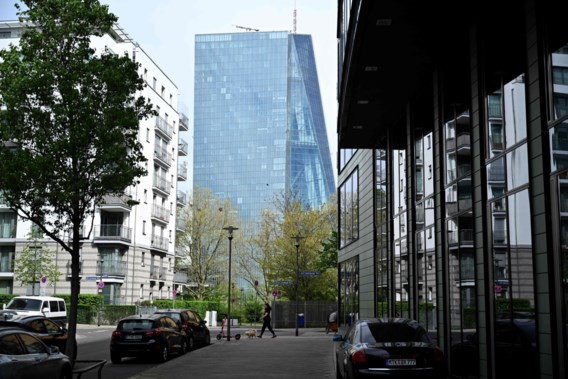In our three-part mini-series, we now recall the career of the comedian, who died 22 years ago, up to the present day, when his popularity is unbroken, but his critical parodies are no longer on television programs.
It is also peculiar that the peak period of Géza Hofi’s career is almost completely independent of the period we call the regime change, since Hofi was a regular performer on the public television program until the beginning of the 2010s – even though he died in 2002 – and until 2002 he was so popular was that it was hardly possible to get tickets for his independent theater evenings.
Looking back over sixty years, the cultural policy of Kádár behaved rather cautiously towards humor as a genre, but it can be said without a doubt that Géza Hofi gradually gained national popularity with his parodies during the few years leading up to the 1963 amnesty. He was an unheard-of audience success when he played in the countryside with his own show, with the permission of the former National Director’s Office (ORI), but at that time the artist aimed for self-indulgent entertainment rather than dazzle his audience with even lighter political jokes.
This period was actually a precursor to his later successful series on television and in the theater, in which he saw the flaws of the current system through the lens of the “little man” of everyday life.
Many people misunderstood the great cannon of humor: Géza Hofi also talked to the woodcutter as if he were his brother
The uncrowned king of Hungarian cabaret was born on July 2, 1936 under the name Géza Hoffman. His mother was a foreman in a cannery, and his father was a team leader in a tobacco factory. He was already attracted to acting in his high school years, but he did not forget his duties: during the summer holidays he worked at the Kőbánya Brick Factory and practiced in the Drasche acting group, where András Jászai, a relative of the unforgettable actress Mari Jászai, prepared him for amateur roles.
After graduation, instead of acting, his path led him to the porcelain factory. But he didn’t give up on his dreams, he enrolled in Kálmán Rózsahegyi’s acting school, and after 5 years of working in a factory, he got a contract from the Csokonai Theater in Debrecen in 1960… then under the name Géza Hofi. The name change also has a separate anecdotal story, as it owes its stage name to the legendary theater director József Szendrő, who was the godfather.
Here, after the performances, he regularly parodied the roles with his friends, he also often played hacks in the cultural centers of the area, and he gained more and more recognition. Among others, he appeared on stage in the company of Éva Tímár, Erzsi Pásztor, and Zoltán Latinovits. But after seeing the results achieved in the genre, he felt that parody was his world, so he did not extend his three-year contract.
In 1963, he moved back to Budapest, and then, with an operating license from the ORI, he undertook performances throughout the country. He wrote his songs himself, and even composed his music. He performed in the company of Stefi Ákos, Alfonzó, Tivadar Bilicsi, Brachfeld Siegfried, Mária Mezey and Mária Toldy.
He appeared on Hungarian Television for the first time in 1964 with a parody of the famous African-American trumpeter Louis Armstrong, which he wrote himself. In 1965, he appeared on stage in a one-month variety show in the Soviet Union. In Hungary, he performed in the dome hall of EMKE, Savoy and Béke Szálló. With János Koós for the first time in Siófok in 1967, ORI Halló! Balaton is here! they performed in his show, with whom they later achieved great success nationwide with the Hofi-Koós show.
Like many, the expected miracle was brought to him by the Dance Song Festival… well, not exactly like the majority: Hofi’s talent was noticed by the Hungarian (Kossuth) Radio and he performed in the New Year’s Eve program, where he entertained the viewers with a parody of the Dance Song Festival. After that, it was a straight road to recognition, he appeared more and more on the Microscope Stage, was also an official for foreign performances, while the Hofi & Koós duo made an irresistible conquest. Nothing exemplifies the familiarity and genius of the duo better than their musical parody, entitled “Compromising Cats”, presented in 1979.
Blikk’s videos include everything that may be of interest to our readers. Whether it’s about the biggest A-category stars, behind-the-scenes secrets of TV shows or just the latest social and political news. In the studio of Blikk TV, the best-known and most entertaining guests and politicians answer each other’s questions without taboos. Our shows on Blikk.hu and
Blikk TV’s YouTube channel can be viewed.

